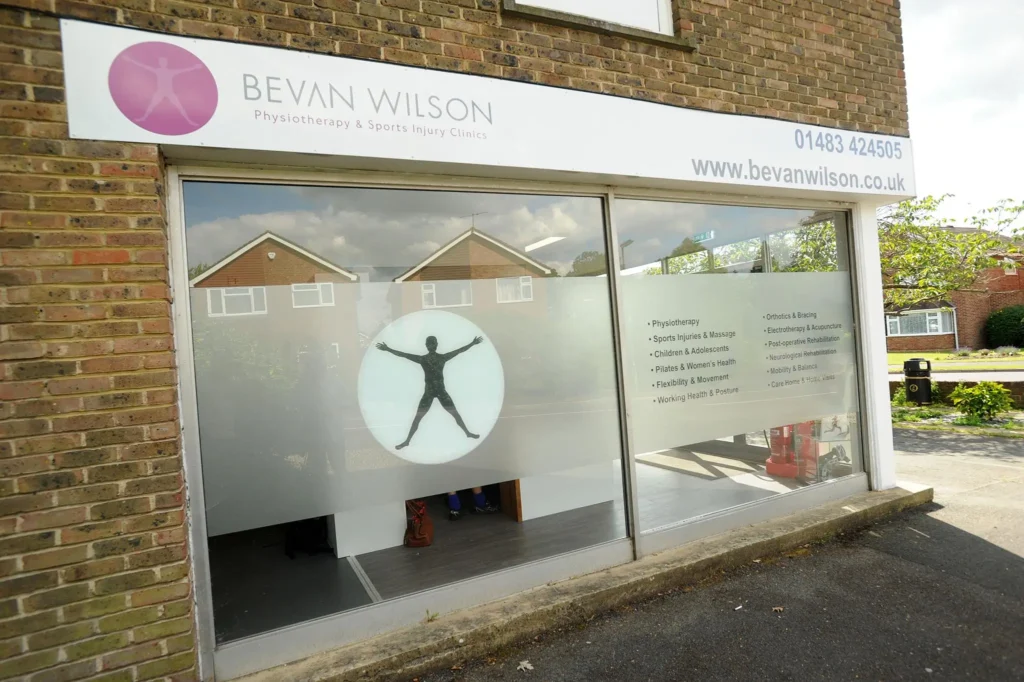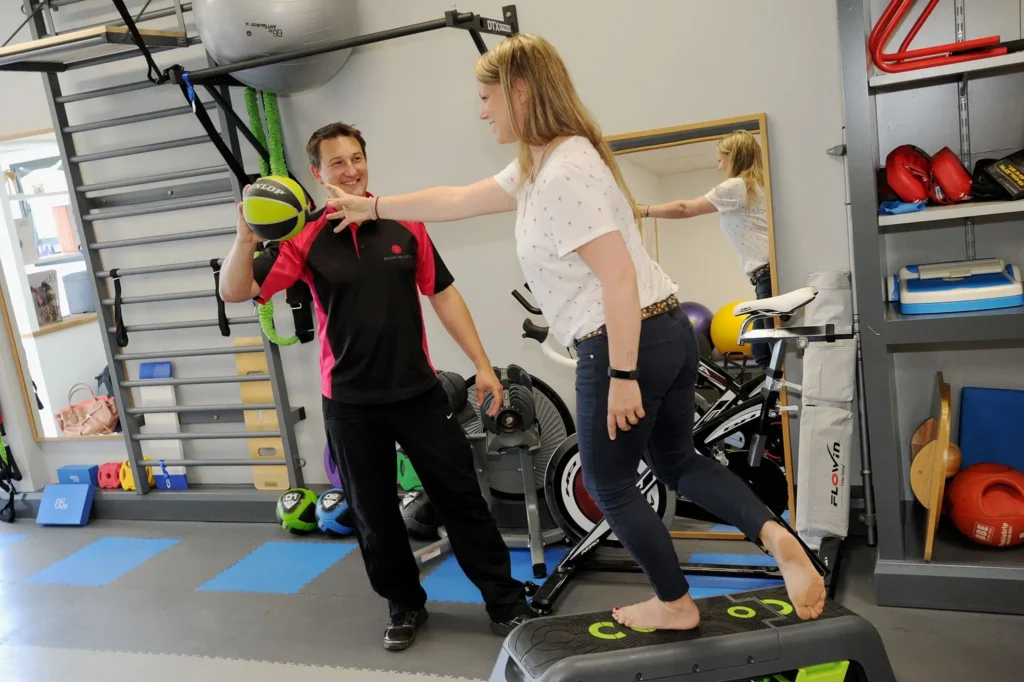
The foot is made up of 26 bones, 33 joints, and 112 ligaments, all controlled by 13 extrinsic and 21 intrinsic muscles. Many of these muscles originate in the lower leg and cross over the ankle joint to insert into the foot. There are additionally four layers of muscles in the foot itself.
The foot and ankle are very important for:

With a good understanding of the cause and structure involved in your foot and ankle pain, you can then get the right treatment and management plan for your condition.
The cause of your foot or ankle pain can be diagnosed by taking a thorough history of your recent activity and lifestyle, a review of your medical history, and a thorough physical examination.
Imaging can sometimes be useful to rule out any structural damage following injury or serious pathology. It can also be useful if your symptoms are not responding to conservative management. Examples of imaging are Ultra-sound, x-ray, or MRI.
A Physiotherapist will take a detailed case history to understand the cause and contributing factors to your foot or ankle pain.
Active tests in standing will be used combined with passive movements of either foot or ankle to assess any biomechanical factors contributing to your symptoms. This may involve a combination of simple foot and ankle movements or looking at the functional tasks you are struggling with i.e. walking.
The Physiotherapist will then explain what they see and advise on the diagnosis and factors contributing to your pain picture.
Depending on your presentation and expectations of the appointment, the Physiotherapist will advise on any relevant short-term relief options such as optimising pain relief medication, manual therapy techniques i.e. soft tissue release, joint mobilisations or taping. These hands-on techniques provide short-term relief and can sometimes help to dampen down the secondary responses to pain such as muscle tightness.
The Physio will also suggest self-management advice i.e. how to modify your activities, simple movement strategies, or an exercise program to address any movement deficits. In some cases, the Physiotherapist may feel onward referral is necessary i.e. back to GP or a specialist. This will always be a shared decision-making process and often there is a lot you can be doing in the meantime.